As the capital of Japan for 1000 years, the history-rich city of Kyoto is a must - stop in our Japan itinerary for the story each building and street tell. It is known as the city of ten thousand shrines. Coming from Tokyo, the first thing we were excited about was our first bullet train ride.
Apart from the vehicle's gwapo looks,
riding the shinkansen is like a normal train ride
and you will only notice that you are taking a no ordinary train when another bullet train passes by; you can't see properly how the other train looks. In 3 hours, you will be greeted by the seemingly slower-paced life in Kyoto.
With our visit timed during the Golden Week, there were a lot of tourists. What sets it apart from Tokyo is the number of temples dotting the city and the numerous world heritage sites Kyoto can call its own. If you are after the old Japan, it is better to stay in Kyoto rather than Osaka so that you can maximize your Kyoto experience. The city is also your jump off point to Nara, which you can do as a day visit.
Thus, begin our Temple Run.
1. Kinkaku-ji (The Golden Pavilion)
The building is a Zen Buddhist hall representative of the Muromachi period architecture. Gold foil on lacquer covers the upper 2 level and a shining phoenix stands on the shingled roof.
It contains the relics of Buddha and is part of the Rokuon-ji Temple which was acquired by the 3rd shogun of the Morumachi period in 1397. The garden and the building surrounding the temple is said to represent the pure land of Buddha in this world.
The building and surrounding pond is indeed beautiful and if you can only see a single temple in Kyoto, this got to be it.
2. Ryoan-ji Temple
Close to the Golden Pavilion is another temple which I call something new to my Filipino eyes. It used to be a country house of the Tokueaji clan and was acquired in the 1400s to be made into a training temple. The centerpiece of Ryoan-ji is a 15-piece rock garden with white pebbles and nothing more: 250 sq m of rocks and stones.
This was created in the 15th century by a respected Zen monk.
The Kyoyochi Pond welcoming you into the temple grounds is a beauty with its willow, maple and wisteria trees.
3. Arashimaya Bamboo Path and the Tenryu-ji Temple
Kyoto is well known for its Bamboo Forest. Although the clump of bamboo trees along a ~250 m walk is charming, I find it not worth the visit on its own.
However, the river that welcomes you as you alight from the bus and the flurry of activities happening is already an experience on its own.
Don't forget to glance to your right for the good-looking and macho Japanese carriage-drawhorses ;) you'll thank me for it.
Another highlight of my Bamboo forest trip is the visit to the Tenryu-ji Temple. The Temple of the Heavenly Dragon was established in 1339 in memory of Emperor Go-Daigo. It is ranked as the first of the Five Zen Mountains of Kyoto.
Through centuries, the buildings have been ravaged by fire at least 8 times and the current design is from the Meiji period.
4. Fushimi Inari
This Shinto shrine is famous for its vermilion toriis which lined the footpath to the summit of Mt. Inari. The count is about a thousand. Even though throngs of tourists flock the area, the shrine is worth a visit.
Witnessing ceremonies at the vermilion halls give you a glimpse of their spiritual practices. It is also in this temple that I witnessed a family chanting prayers at a small shrine and learned how to pay respects using the bells. The sequence is: Bow bow ring clap clap bow.
The shrine is also situated in a forest so the walk through the toriis is very relaxing. I wanna head back and burn my fats all the way to the summit.
Fox stone statue guard the area.
5. Ginkakuji (Silver Pavilion)
Inspired by the Kinkakuji Temple built by Ashikaga Yoshimitsu, Ginkakuji was built in 1482 by Ashikaga Yoshimasa - the grandson. It is a Zen Buddhist Temple primarily established as a retirement complex.
It is similar to most temples in Japan albeit small in area and size. In my observation, the Higashimaya den is not made of silver unlike the Kinkakuji which is made of gold.
The hedge by the entrance is a beauty. The Mt. Fuji and sand art in the garden is also worth to see. If you have spare time and have visited Kinkakuji, this world heritage site is worth a stop.
6. Kyumizo-dera
This Buddhist temple sits at a mountainside with the most amazing backdrop. If you get past the tourist shops and the vermilion buildings at the entrance,
you will see the beautiful main hall with the majestic hill side forest.
I like the supports of this gigantic wooden temple.
Founded in the 8th century, this temple of the Kita Hoso sect enshrines Kannon Bosatsu (god of mercy).
The scenery around this temple is what entices visitors to take a glimpse of this splendor.
7. Gion District
The famed Geisha area is a mish-mash of tourist shops, teahouses and restaurants. It is best to explore the neighborhood on foot especially the non-tourist area where the temples are. You get to see how the locals live.
The teahouses and restaurant area by the canal are very picturesque. We enjoyed a tempura dinner set served by a Geisha and a charming Japanese chef.
This area is worth the visit for the old-town experience and best enjoyed with a meal.
8. Cat Cafe
In the land of Hello Kitty, which I am not sure if it is a cat or not, cat cafes exist.
You enter a small restaurant, and for a time duration you can enjoy drinks and the company of these felines.
Background story, it was our last night in Kyoto and we had no plans of visiting an animal cafe. While looking for a place to dine and the last pieces of trinkets we want to take back home, we stumbled upon a cat cafe in one of the tourist shopping areas in Shijyo Dori
and in 30 seconds we found ourselves availing a 30-minute session with 14 humongous cats.
These cats are the size of a corgi, on average!
They are very tamed and like people a lot.
The fee comes with drinks which you have to be extra careful with because these cuties like to drink straight from the straw. Restaurant rules allow you to pet but not carry them.
Although smelly, "furring" around with these cats is worth our time and late dinner. If you love animals, you should try this.
Kyoto is worth the visit for its temples and shrines which are at least 500 years old. Most of them are world heritage sites and is a good way to learn about history. Chinese influence is more pronounced in the Kansai area as compared to Tokyo. You will also have a glimpse of the way of life of the Japanese. I find them very hygienic and respectful, the latter I'd like to reinforce in my life.
To do your temple run, it is best to avail of the City Bus day pass which will set you back by Y500/day. It is better than taking the train. Most of the temples are along the route of different buses and the time schedule is precise.
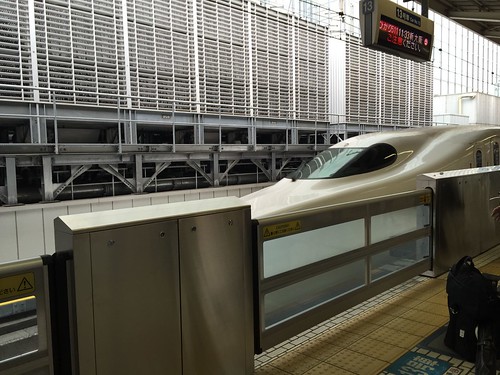

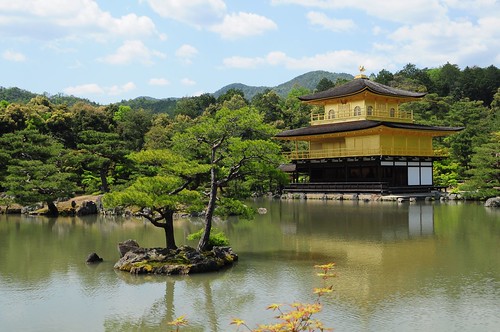
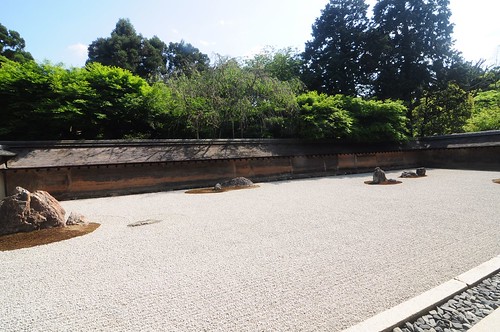



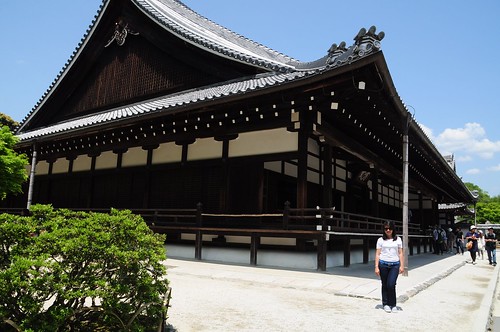
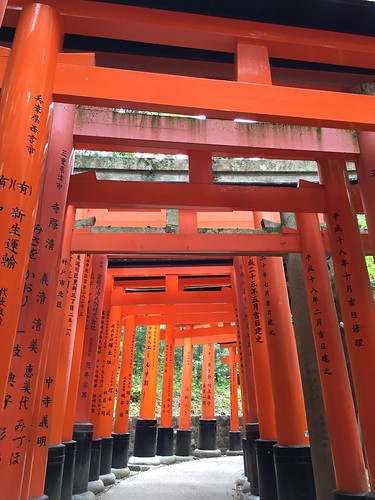
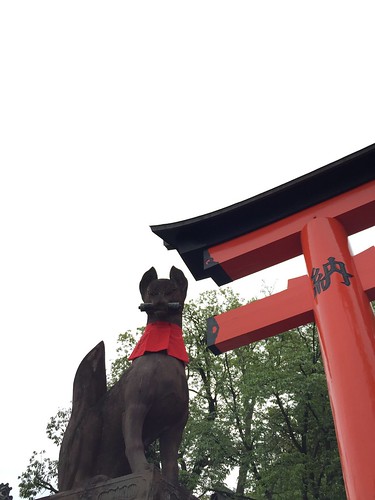
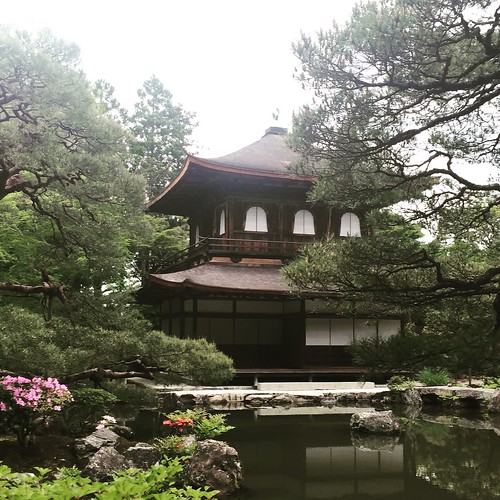
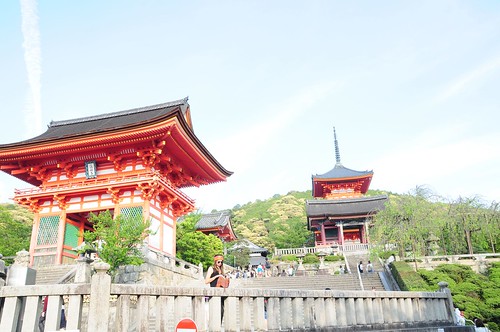
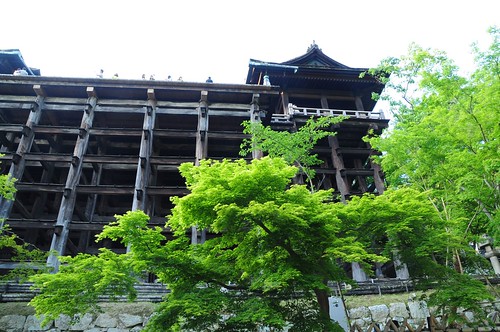
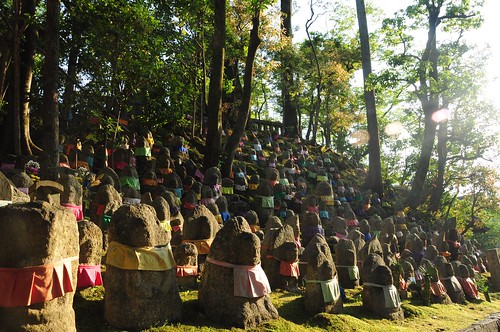
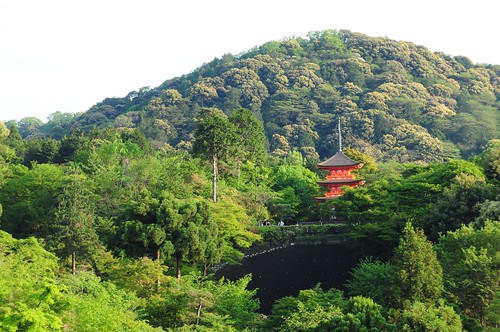

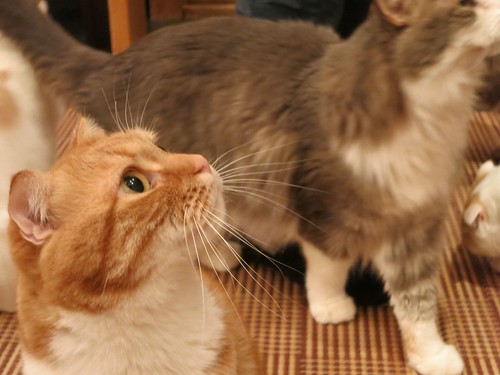
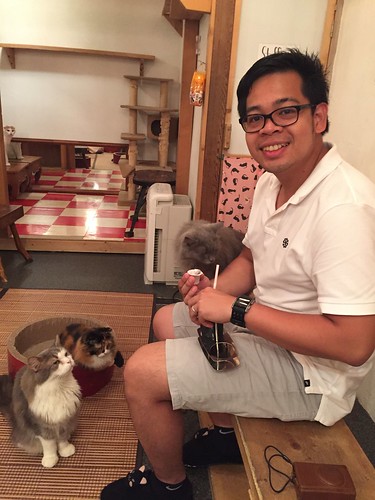

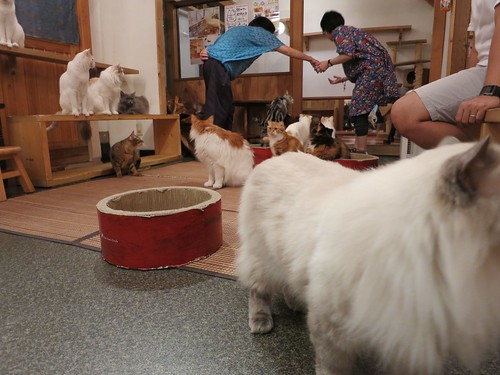
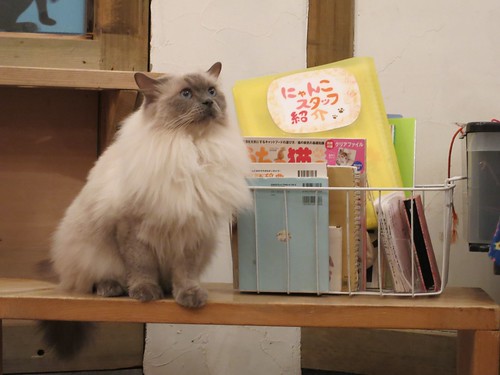
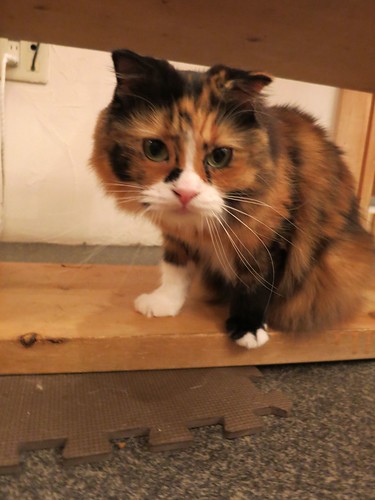

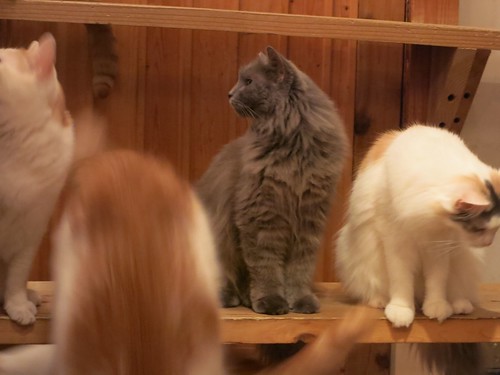
No comments:
Post a Comment